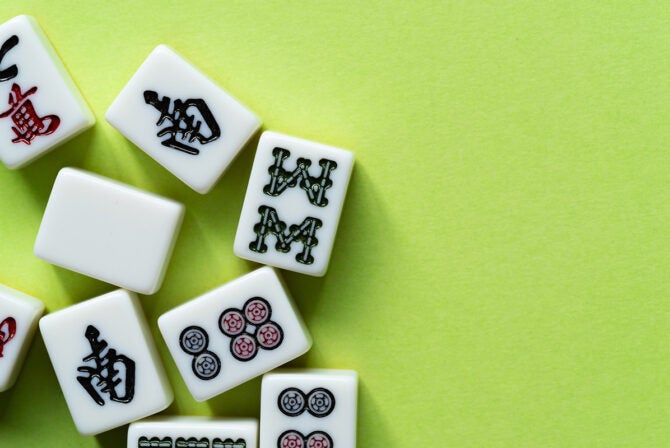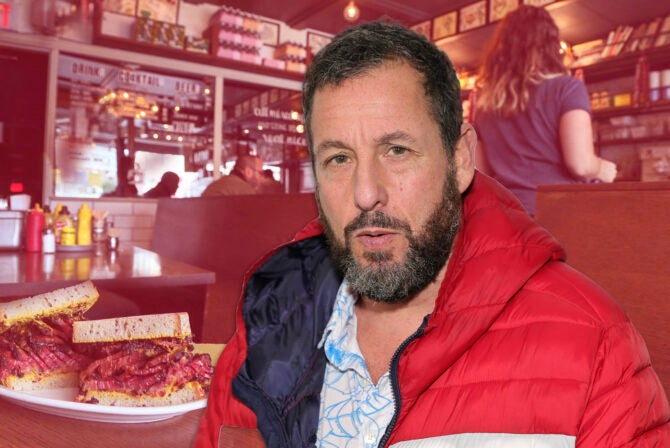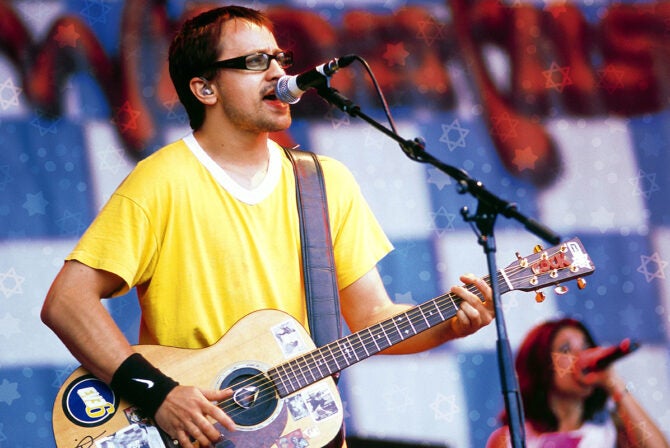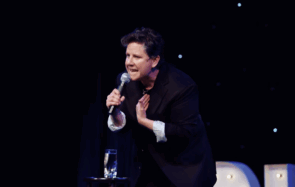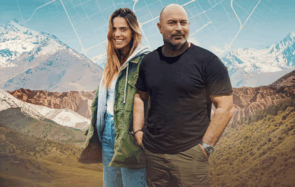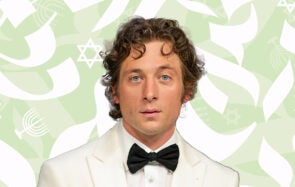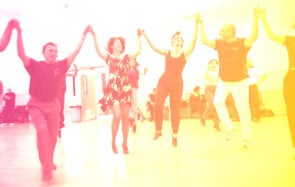There’s a opioid problem in the Orthodox Jewish community–and many people aren’t even aware of it. The popular conceptions about drug use, of course, is often full of stereotypes that do more harm than help.
In the case of the Orthodox community, many often believe that religious people don’t become addicted–which is very untrue and dangerous to believe.
In a recent feature in Times of Israel many survivors opened up about their struggles with the community, both as women and as people struggling with drug abuse. For instance, 20-year-old Chana G. woke up in a hospital bed one day because she had overdosed on heroin the night before. The Brooklyn native said:
“I was homeless and panhandling [at the time]. I overdosed and flatlined for like 13 seconds. … They Narcanned [administered Naloxone, an opioid antidote] me like six times.”
Chana, who now lives and works in Los Angeles, has lost five friends to overdose this year alone. It’s part of a national wave of alarm that seems to have arisen in part because it’s all too easy to get prescribed opioids in the first place (they include prescription pain relievers oxycodone, hydrocodone, codeine, morphine, fentanyl and others).
It’s been particularly hard for the young Orthodox community, as the Times of Israel story cites 13 people who have died of overdoses since this past June, all under 35.
Since January 2017, that number is over 100. 23-year-old Mushky Z., a student living in Crown Heights, had a lot to say about her own alcohol addiction–and how she’s no longer part of Chabad chasidic community:
“People are dying — this is not about religion anymore. [My all-girls elementary school] rejected me. When someone is acting out and going against the rules, people [in the religious community] step away — they are scared, they don’t want to deal with it.
By pushing these people away, the suffering only gets worse. Open your eyes. Realize you can help someone.
We’re not hiding it anymore. We used to hide everything we did — not keeping religious rules, partying, doing drugs — we hid that from the community, because we were ashamed, or because of negative feedback. Now, we’re showing our faces. We’re done hiding who we are.”
She is one of the many young people in the U.S., not just the Orthodox community, who feels abandoned by their community. It can be especially hard when your community wants to protect their youth from the outside world, as Yaacov Behrman, program director in the Chabad-Lubavitch community in Crown Heights, pointed out:
“We’re not angels. We’re affected by the outside world. Parents don’t want their kids to be exposed to these ugly realities…”
Opioid addiction is rising in general. According to American Society of Addiction Medicine, “of the 20.5 million Americans 12 or older that had a substance use disorder in 2015, 2 million had a substance use disorder involving prescription pain relievers and 591,000 had a substance use disorder involving heroin.”
The leading cause of death for people is drug addiction, an issue and disease that knows no borders or boundaries.
